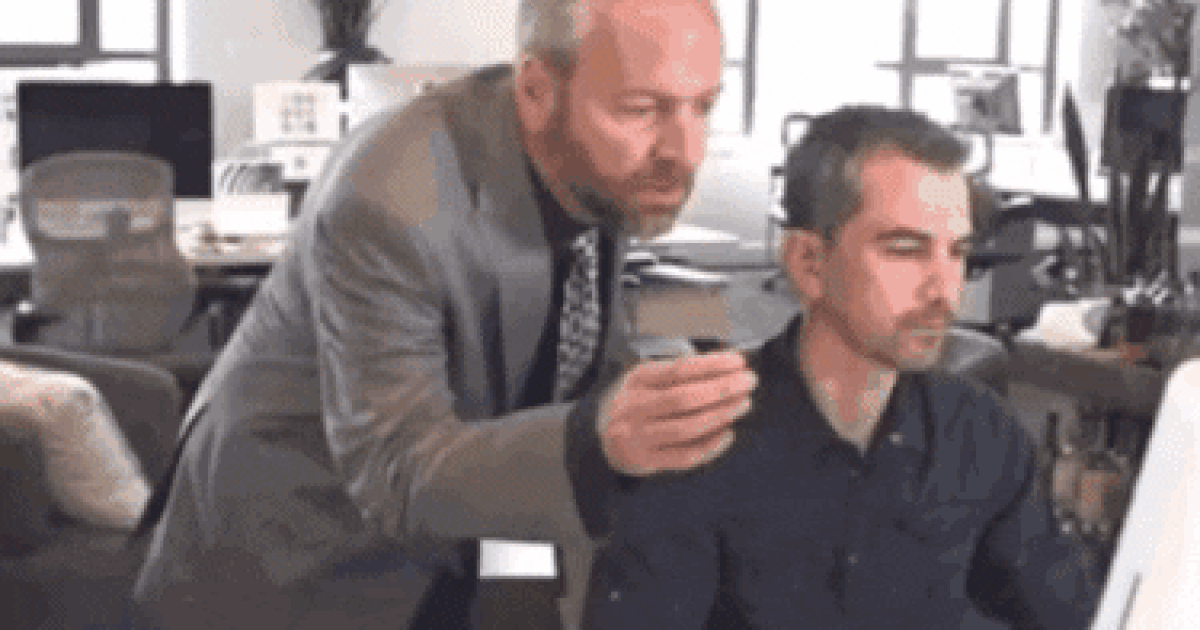Artificial intelligence has already opened up new worlds, such as text generators, chatbots that help with Internet searches, or image generators. This time the baton of amazing capabilities is being carried forward by an image editor called DragGAN, developed by Google, MIT and the German Max Planck Institute for Informatics.
The program knows something that blurs the line between dream and reality even more. As the name suggests, it is a further development of the generative neural network that created life-like human faces a few years ago: by capturing the content of the generated image at a specific point, we can move it at will, rotate it in space, and transform human facial expressions.
DragGAN consists of two main parts. The first controls movement, allowing us to move any point in the image to a specific point. The second part helps you track the location of the points. With DragGAN, anyone can distort the image and precisely control each pixel
they write.
DragGAN is currently known from the description of a scientific publication, it is currently being developed, but perhaps not for long, because according to some rumors it will be available from June 2023. According to the creators, in the future it will be relevant to process not only images, but also 3D characters. It is hoped that the pace of development will not slow down due to the fact that videos posted on social media generated so much interest that it turned the developers’ website around.
Does Photoshop have a hook?
DragGAN is a taste of the future of photo editing. It’s true that the basic professional tool is just one nifty tool compared to Adobe Photoshop’s legacy toolkits.
A decade and a half after Photoshop CS4 released a clever feature called content-aware scaling in 2008, Adobe may have been dropping its pants because its AI products, such as Google and Internet search, have lost their footing in an area dominated by the business model. .
(MashableAnd the edgeAnd Wikipedia)












































